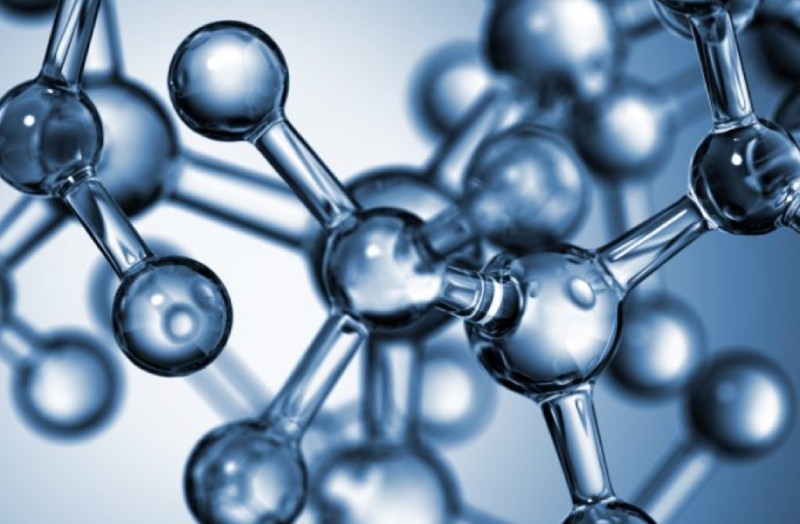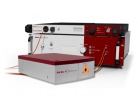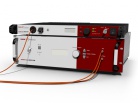Increasing attention is being paid to methods of laser cooling atoms to extremely low temperatures and trapping them. These techniques are providing new information about the mechanisms operating at the atomic and molecular level. They are finding applications in research on fundamental constants, the creation of optical frequency standards (atomic clocks), quantum information science and atomic interferometry.
Doppler cooling of atoms
Laser cooling of atoms uses the so-called Doppler effect. If a moving atom in the opposite direction is irradiated with photons whose frequency is slightly lower than the frequency required to achieve absorption of the photon by the atom at rest, the moving atom will "see" the frequency required to absorb the photon due to the Doppler shift. At the same time as the energy is transferred, the momentum of the photon is transferred and the atom slows down. After a while, the absorbed energy is spontaneously radiated to the surroundings in a random direction, causing the atom to slow down further. The result of the continuously repeated absorption and emission of the photon is a gradual decrease in the velocity of the atom along the direction of the photons. Laser cooling of atoms goes hand in hand with trapping atoms in a magneto-optical trap. Using an inhomogeneous magnetic field, the cooled atoms can be "stored" for further use.
Single-frequency fibre lasers for atom cooling and optical trapping
Particles that have a simple and clearly defined energy transition (e.g. alkali metal atoms Na, Rb, Cs or ions Ba+, Mg+) are suitable for the laser cooling process. When selecting a suitable laser, the following three parameters should be taken into account:
- High laser stability
- Narrow spectral linewidth
- High power
Koheras BOOSTIK single-frequency fiber lasers can meet the demanding requirements for coherent light sources for cooling and trapping atoms. In addition, thanks to the manufacturing technology, the output wavelength of each Koheras laser can be configured to within two tenths of a nanometer. The possible spectral ranges are listed in the following overview table.
|
Model |
Wavelength range |
Output power |
Polarization preservation |
Fast modulation |
|---|---|---|---|---|
|
HARMONIK |
766-780 nm |
>7 W |
Optional |
YES |
|
Y10 |
1030-1090 nm |
2, 5, 10 or 15 W |
Optional |
YES |
|
E15 |
1530-1575 nm |
2, 5 or 10 W |
Optional |
YES |
|
C15 |
1530-1575 nm |
2, 5 or 10 W |
Optional |
YES |
Typical examples of applications of laser-cooled particles include:
- Atomic clocks (optical frequency standards)
- research on fundamental constants
- quantum computing
- atomic interferometry





